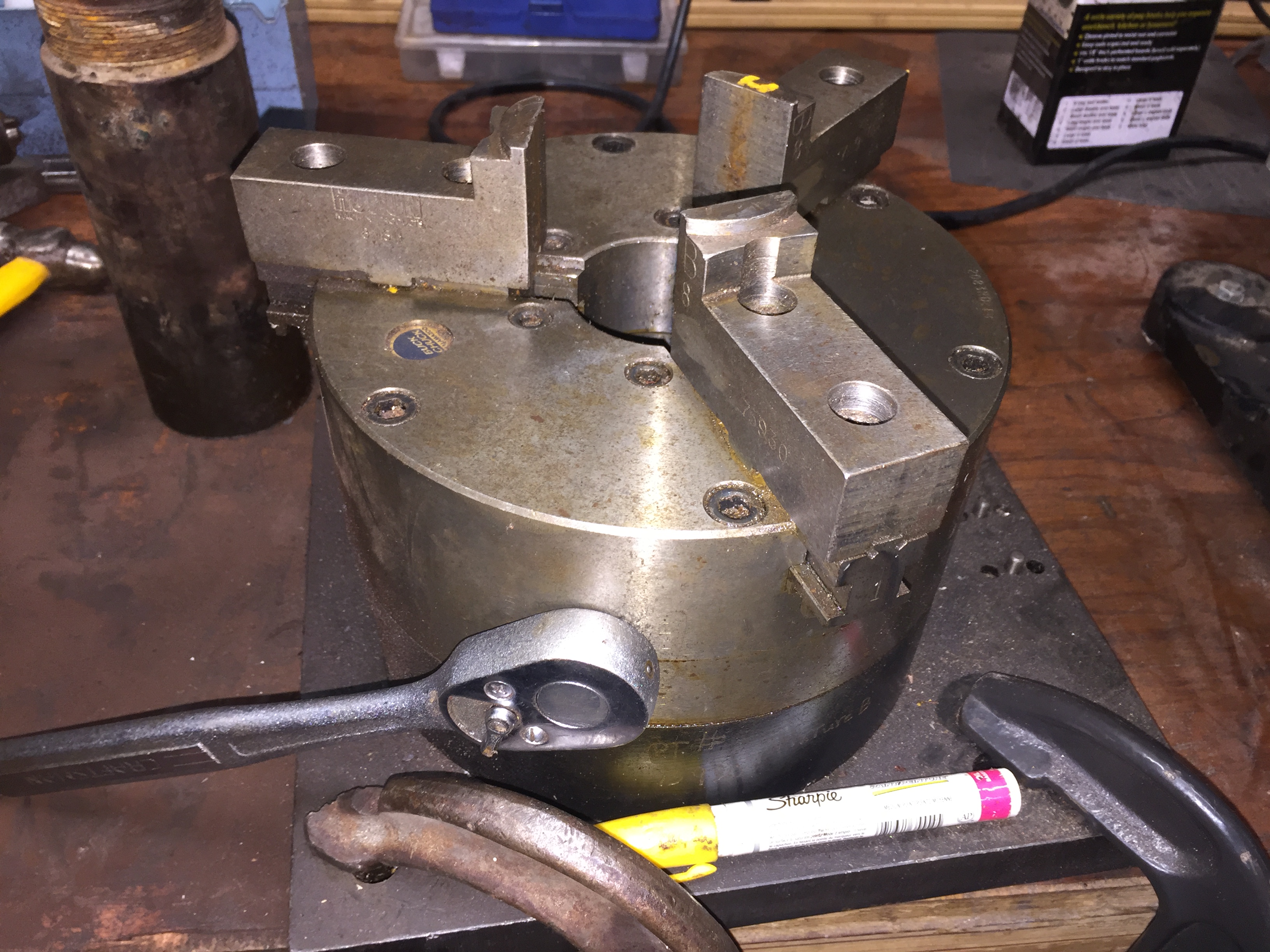We use an 8" buck chuck as a bench fixture to hold things requiring manual torque to unscrew two or more parts that after all the usual penetration methods, still need high torque. Hex items are of course easy to hold with this but many are smooth cylinders and unless the chuck is tightened to what is probably near the chuck-damage point, it won't hold some cylinders tight enough. My time budget for a fix is 1 hour. Don't want to replace jaws. So what do you suggest, epoxied-on coarse sandpaper, epoxy-on annealed file sections, or what? I'm sure many here have been faced with similar issue so what did you do? The flat area of each jaw is about 1.25" square.


Last edited:


